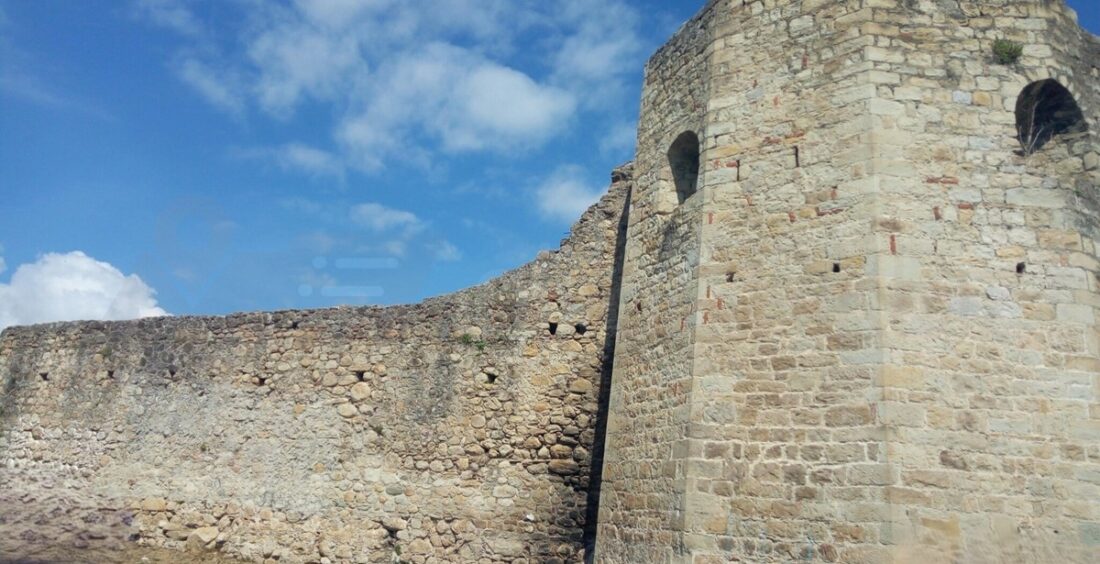Peqini Castle, located in Elbasan County, Albania, traces its roots back to the Roman period, specifically the time of the construction of the Via Egnatia. The castle gained its current structure in the 17th century AD during the Ottoman rule under Abdi Pasha, an Albanian politician and military leader.
The castle is built on hard, rocky terrain and originally featured walls as tall as 12 meters. Its design includes robust fortifications, a saray (palace), a harem, and hidden underground tunnels used as escape routes during times of conflict. Archaeological findings suggest clay pipes within the walls, likely installed to supply water from outside during wartime. Today, remnants of these features reflect its rich architectural heritage.
Peqini Castle played a crucial role throughout history. During Roman times, it served as a strategic outpost along the Via Egnatia, linking cities across Albania. In the Ottoman era, it functioned as a military stronghold and administrative center. The underground tunnels and high fortifications made it a refuge during invasions, highlighting its importance in Albania’s military and political history.
The castle is a significant tourist attraction, drawing visitors both locally and internationally. It offers panoramic views from the top of its walls and features a small museum showcasing artifacts and history. Visitors can enjoy exploring the narrow corridors and imagining life in the castle during its peak. The surrounding area is known for its traditional cuisine, served in local restaurants and taverns, enhancing the overall tourist experience.
It also stands as a testament to Albania’s cultural and historical legacy. Its architecture, historical significance, and role in local tourism underscore its value not only as a symbol of the past but also as an economic asset for the region.







 Rruga e Elbasanit, Pallati nr. 111,
Rruga e Elbasanit, Pallati nr. 111,